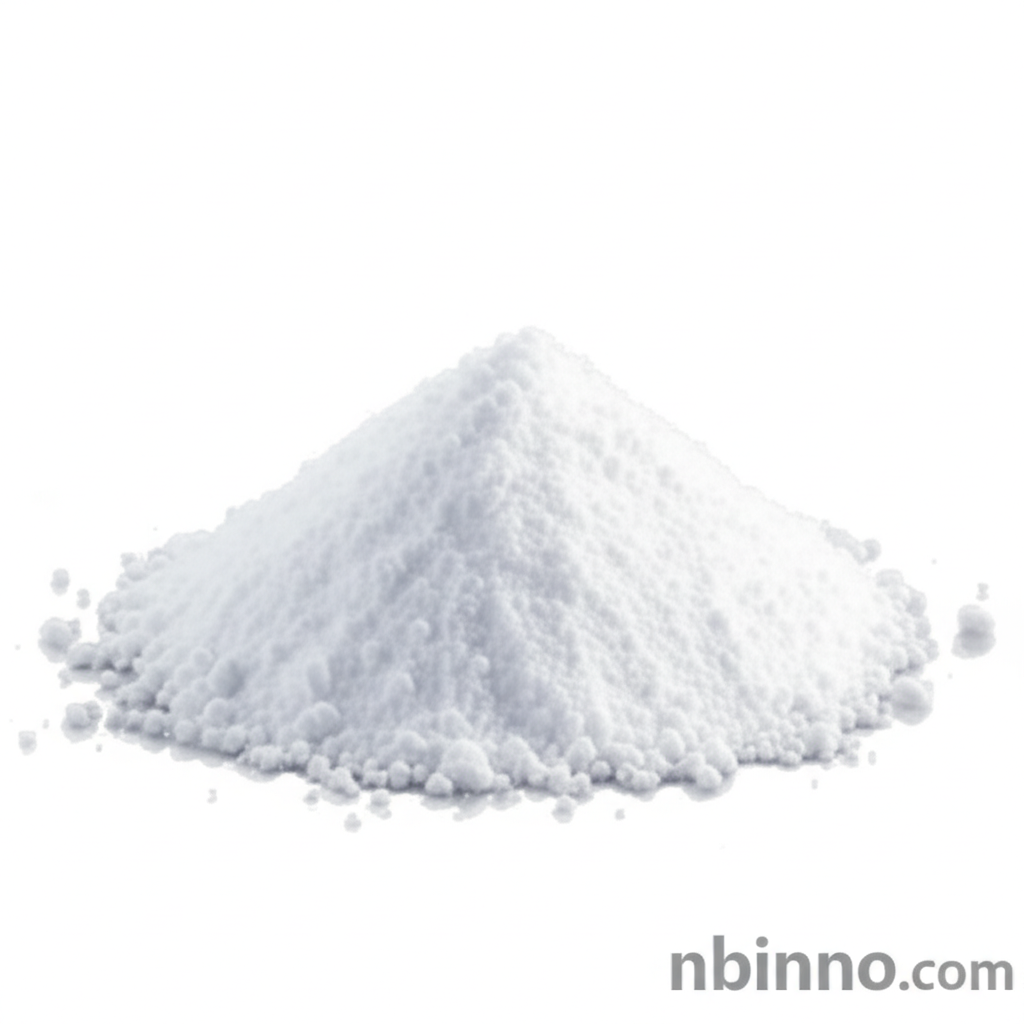Guanylurea Phosphate (CAS 17675-60-4): Properties, Applications, and Sourcing for Industrial Needs
Discover the essential properties and industrial applications of Guanylurea Phosphate, a key fine chemical.
Get a Quote & SampleProduct Core Value

Guanylurea Phosphate
Guanylurea Phosphate, identified by CAS number 17675-60-4, is a significant fine chemical with a melting point of 178-182°C. It is recognized for its role in various biological processes and serves as a valuable intermediate in chemical synthesis.
- Explore the chemical properties of Guanylurea Phosphate to understand its reactivity and potential uses in industrial processes.
- Source Guanylurea Phosphate reliably from trusted suppliers offering competitive pricing for your manufacturing needs.
- Access detailed Guanylurea Phosphate safety data to ensure safe handling and compliance in your facility.
- Understand the diverse applications of Guanylurea Phosphate, from biological roles to chemical synthesis pathways.
Key Advantages
Versatile Chemical Intermediate
Leverage the versatility of Guanylurea Phosphate for a wide range of chemical synthesis projects, supported by its well-defined Guanylurea phosphate chemical properties.
Reliable Supply Chain
Secure your supply of Guanylurea Phosphate from established Guanylurea phosphate suppliers, ensuring consistent availability for your production schedules.
Comprehensive Safety Data
Prioritize safety with readily available Guanylurea phosphate safety data sheets, facilitating informed risk management and operational protocols.
Key Applications
Chemical Synthesis
As a fine chemical, Guanylurea Phosphate serves as a crucial building block in numerous synthetic pathways, enabling the creation of complex organic molecules.
Industrial Processes
Its unique chemical structure makes Guanylurea Phosphate suitable for various industrial applications where specific reactivity or properties are required.
Research and Development
Researchers utilize Guanylurea Phosphate for laboratory investigations into biological processes and the development of new chemical entities.
Material Science
The compound's properties may also find utility in advanced material science applications, requiring precise chemical formulations.
